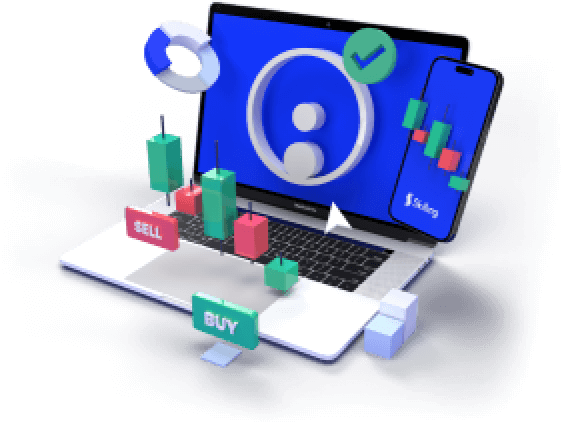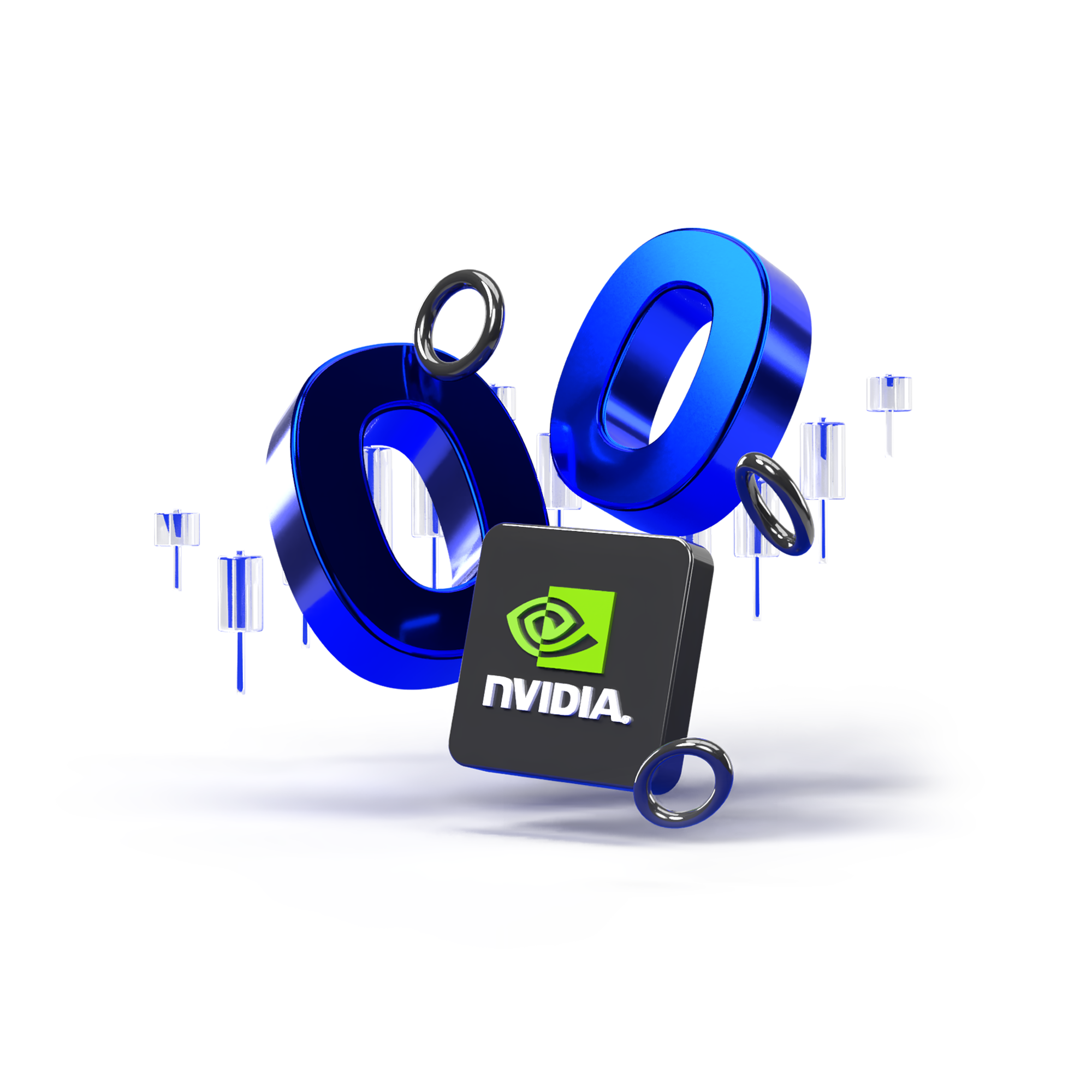

Have you ever found yourself trading and wondering which way the market is moving? The Supertrend indicator could help with that. It’s a tool used by traders to figure out if the market is trending up or down. The indicator draws a line on your price chart that adjusts as the price changes. If the price is above this line, it usually means the market is going up, and if it’s below the line, the market is going down.
What is supertrend indicator and what does it tell you?
The Supertrend Indicator is a popular tool used in trading to help identify whether a market is trending up or down. It works by drawing a line on your price chart that changes as the market moves.
Here's how it tells you what’s happening:
- Trend direction: When the price is above the Supertrend line, it suggests that the market is in an uptrend, which means prices are generally rising. In this case, the Supertrend line acts as a support level, meaning it’s a good time to think about buying. When the price is below the line, it indicates a downtrend, where prices are falling. Here, the line serves as a resistance level, suggesting it might be a good time to sell.
- Support and resistance: The Supertrend line also acts as dynamic support or resistance. During an uptrend, the line helps traders see where the price might bounce upward. During a downtrend, it shows potential points where the price might reverse and go lower.
- Calculation: The line is calculated using the average true range (ATR), which measures market volatility, combined with a multiplier. This helps the line adjust and provide accurate trend signals.

An example of using the supertrend indicator
Let’s assume NVIDIA shares (NVDA) are currently trading at $100. Here’s how you might use the Supertrend Indicator to make trading decisions:
- Setting up: First, apply the Supertrend Indicator to your price chart. The indicator will plot a line based on the average true range (ATR) and a multiplier. Let’s say the Supertrend line is initially at $95.
- Observing the trend: If the NVIDIA share price rises above the $95 Supertrend line and continues to move higher, the indicator suggests an uptrend. For example, if the price moves up to $105, the Supertrend line might adjust to $100. This indicates a bullish trend, indicating it might be a good time to buy or hold onto the shares.
- Reacting to downtrends: If the NVIDIA share price starts to fall below the Supertrend line, which might adjust to $105 as the price moves higher, this suggests a potential downtrend. If the price drops to $95 and below, the line could shift to act as a resistance level. This would signal a possible selling opportunity.
- Making decisions: Use the Supertrend line to set your trade strategy. In an uptrend, you might look to buy or hold, while in a downtrend, you might consider selling or avoiding new purchases.
Calculating the supertrend indicator
- Determine the high and low prices: First, find the highest and lowest prices of the asset over a set period, like 14 days. These are referred to as the "High" and "Low" prices.
- Calculate the average price: Add the High and Low prices together and divide by 2. This gives you the average price for the period.
- Measure market volatility (ATR): Calculate the Average True Range (ATR), which measures how much the price of the asset typically moves. ATR uses past high, low, and closing prices over a set period.
- Apply the multiplier: Choose a multiplier, usually between 1.5 and 3, depending on how sensitive you want the indicator to be. Multiply the ATR by this multiplier.
- Calculate the supertrend line: Add the result from step 4 to the average price calculated in step 2. This gives you the Supertrend line value.
Experience Skilling's award-winning platform
Try out any of Skilling’s trading platforms on the device of your choice across web, android or iOS.

Pros and cons of the supertrend indicator
| Pros | Cons |
|---|---|
| The Supertrend Indicator clearly shows the direction of the trend, helping traders identify whether to buy or sell. | The indicator may lag behind the price movement because it is based on past prices and the ATR. This lag can delay signals. |
| It provides dynamic levels of support and resistance, adjusting as the market moves, which can be helpful in setting stop-loss orders. | It can sometimes give false signals, especially in choppy or sideways markets where trends are less clear. |
| Easy to understand and use, even for beginners. The formula is straightforward and can be applied to various assets. | The indicator may not be flexible enough to adapt to all trading strategies and market conditions. |
| Helps traders determine clear entry and exit points based on whether the price is above or below the Supertrend line. | It is best used in conjunction with other indicators and analysis methods to confirm signals and improve accuracy. |
What better way to welcome you than with a bonus?
Start trading with a $30 bonus on your first deposit.
Terms and Conditions apply

Summary
While the Supertrend Indicator can be a powerful tool for identifying market trends and setting clear entry and exit points, it's important to use it with caution. Due to its lagging nature, it might not always capture abrupt market changes in real-time. To maximize its effectiveness, combine it with other indicators and thorough market analysis. Always apply careful risk management to protect against potential false signals and unexpected market shifts.











